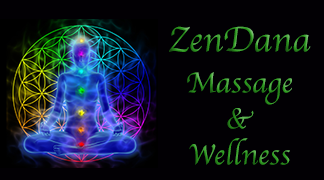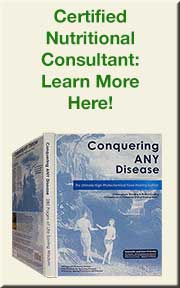Swedish Massage techniques are what most people are familiar with when they think of massage therapy.
When most people think of “massage” it is actually the techniques of Swedish massage that come to their minds, whether or not they know it as Swedish Massage. In addition to the techniques described below, I excel at a form of intensive stretching known as “Swedish Gymnastics”. With this technique, I move your various joints though the available range of motion. The goal is to restore range of motion, reduce pain, maintain health, and stretch muscles.
What is Swedish Massage?
“Swedish Massage” involves various techniques specially focused on relaxing muscles and applying pressure to them against deeper muscles and bones. This is followed by rubbing in the same direction as the return blood flow to the heart.
Swedish massage was developed in the 1700’s by Per Henrik Ling, a Swedish doctor.
Swedish massage increases the oxygen flow in the blood and releases toxins from the muscles.
Swedish massage flushes lactic acid, uric acid, and other metabolic wastes from the tissues and promotes early recovery from muscular strain. It increases blood circulation without straining the load on the heart.
It stretches the ligaments and tendons and keeps them supple and pliable.
Swedish Massage also stimulates the skin and nervous system and simultaneously soothes the nerves. It reduces both emotional and physical stress, and therefore it is recommended in a regular stress management program. It has many additional specific medical uses.
Swedish Massage Techniques
Swedish massage techniques involve long strokes, kneading, friction, tapping, percussion, vibration, effleurage, and shaking motions. The usual sequence of techniques in Swedish Massage are:
1. Effleurage: Using the palms, thumbs and/or fingertips to make gliding strokes.
2. Petrissage: Using hands, thumbs and/or fingers to make kneading movements.
3. Friction: Using the palms of hands, thumbs and/or fingers to make circular pressures.
4. Vibration: Shake or vibrate the body with Oscillatory movements.
5. Percussion: Tap or hask briskly
6. Passive and active movements: Bend and stretch



